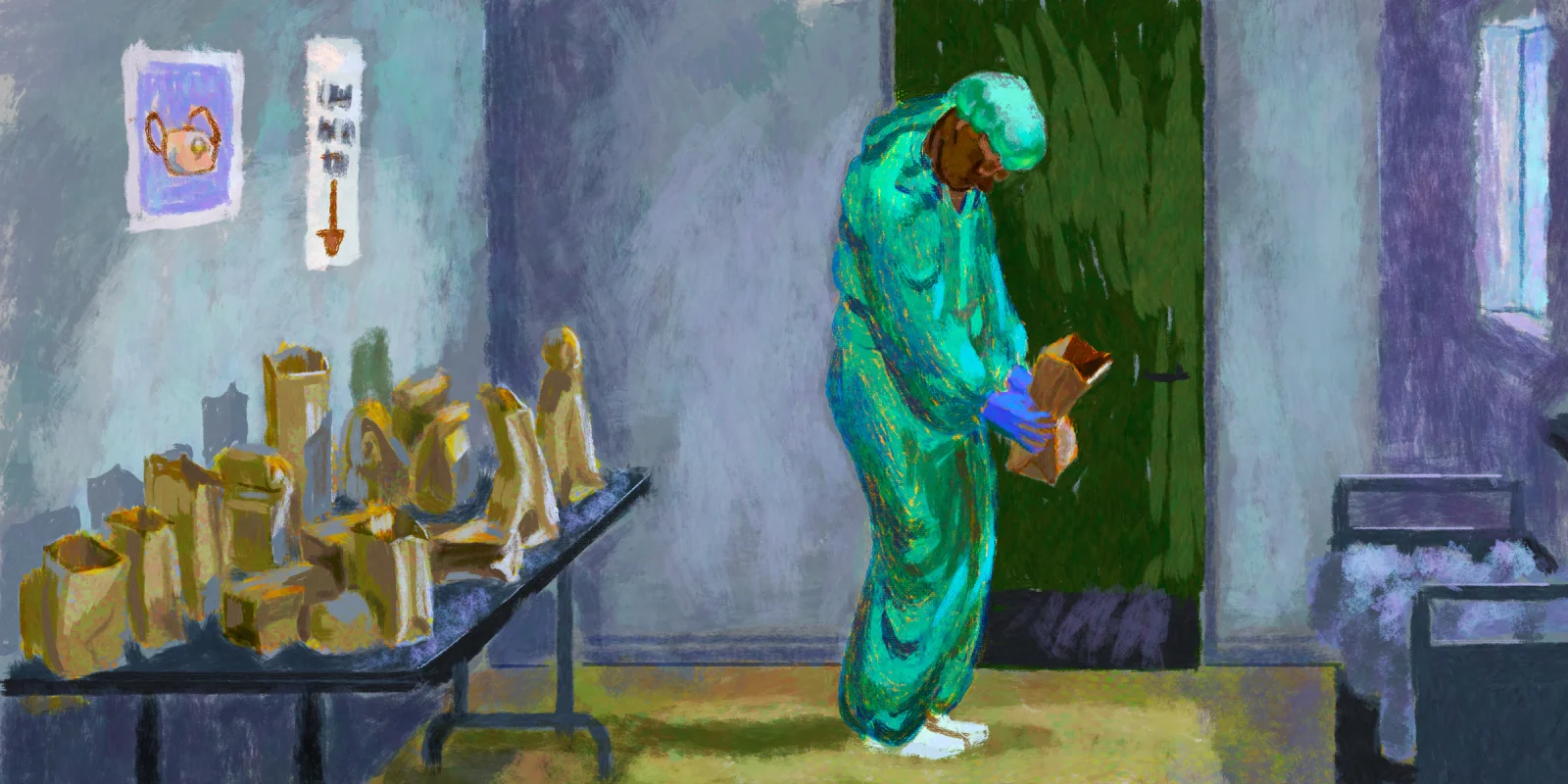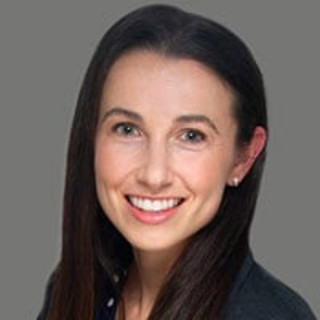The COVID-19 pandemic has upended nearly every facet of our lives, including how health care workers search for and apply information regarding patient care and personal safety. Since the very beginning of the crisis, the Anesthesia Patient Safety Foundation (APSF) has served as a resource in providing critical information regarding PPE, testing, and critical care management. At the 2020 American Society of Anesthesiologists (ASA) meeting, 10 Directors of the Board of APSF outlined the lessons they learned about patient safety during the pandemic.
Caring for Patients and Providers
As news emerged from China and Italy regarding the lethality of COVID-19, there was significant anxiety and uncertainty amongst anesthesia professionals on personal safety. Daniel Cole, MD, APSF Vice President and former president of the ASA, spoke about how the ASA, American Association of Nurse Anesthetists (AANA), American Academy of Anesthesiologist Assistants, and APSF convened quickly to issue a position statement advising the use of N95 masks or Powered Air Purifying Respirators (PAPRs) for the highest level of personal protection when performing an aerosolizing procedure. This statement subsequently became one of the most accessed resources on the APSF website.
It quickly became apparent that COVID-19-infected patients could overwhelm health systems during a “surge,” necessitating physicians and health care professionals of different specialties to shift gears to become providers in the ICU. Steven Greenberg, MD, APSF Newsletter Editor-in-Chief, spoke about the preexisting critical shortage of ICU physicians: 48% of U.S. hospitals have no intensivists at all, while nationwide there are only 28,000 ICU physicians and 34,000 ICU advanced practice providers. Hence, creative strategies needed to be employed to meet surge needs, including the following:
1) Inviting retired physicians to return to work.
2) Relaxing state licensing requirements.
3) Developing same-day hospital credentialing and privileging.
4) Expanding the scope of practice for independent work by APPs.
Despite the willingness of physicians and other health care professionals to volunteer, it is likely that the pandemic contributed even further to physician burnout. Matthew Weinger, MD, APSF Secretary, stated that the real effects of COVID-19 on physician burnout are unknown. What we do know is that, even before the pandemic, 45% of anesthesiologists had symptoms of burnout. Increased work hours, production pressure, greater patient acuity, degraded work environments, concerns about PPE, institutional financial concerns, and familial stressors all have the potential to increase stress at the individual provider level. In order to stem the tide of worsening burnout, the Vanderbilt Department of Anesthesiology created a faculty and staff support team, which held focus groups, listening sessions, and virtual happy hours; in addition, resources were published online that were widely available to the entire department.
Della Lin, MD, also recognized the critical importance of caring for our providers as well as our patients. She spoke of the pandemic’s negative impact on psychological safety, due to workflow disruptions, uncertainties in PPE supply, constantly changing policies, and staff exhaustion. She stated that it is imperative that organizations recognize and address this vulnerability; one way may be to flatten hierarchies and acknowledge the voice of both provider and patient.
Innovative Solutions
The pandemic required health care providers to adapt to a constantly evolving crisis with rapidly changing information. One of the most important resources published by APSF were guidelines on the use of anesthesia machines as ICU ventilators, written by Jeffrey Feldman, MD. At the beginning of the pandemic, the FDA gave emergency use authorization to use anesthesia machines as ventilators; however, adapting them for intensive care use is not simple. There are a number of safety considerations when using an anesthesia machine as a ventilator. For example: how to set the total fresh gas flow, what to do with the CO2 absorbent and scavenging system, and whether to use an anesthetic agent for sedation. In addition, the anesthesia machine requires continuous monitoring from an experienced clinician.
In addition to adapting equipment, health care teams needed to be trained quickly to adapt to the needs of COVID-19 patients. Steven Howard, MD, spoke about how his department at Stanford University prepared anesthesiologists, via simulation training, to don and doff PPE as well as to manage the airway in these high-risk patients. May Pian-Smith, MD, spoke about a briefing and debriefing model, “Circle Up,” piloted at the Massachusetts General Hospital Department of Anesthesia, Critical Care, and Pain Medicine to manage learning and practice changes during the pandemic. It included a briefing at the beginning of the day, periodic peer check-ins, and a huddle at the end of the day to share successes and explore challenges. This resulted in adaptive teams, resilient staff, and safe patients.
As knowledge about the virus evolved, it was clear that constant streams of information can be overwhelming to the individual provider. Meghan Lane-Fall, MD, MSHP stated that this phenomenon is called an “infodemic” — where excessive amounts of information concerning a problem makes the solution more difficult. She outlined three lessons to cope with an infodemic:
1) Help teams by pre-processing information.
2) Provide a reliable source of information.
3) Communicate often (daily if needed).
A Warning
The rapid pace of information about COVID-19 resulted in an exponential rise in publications; per Richard Prielipp, MD, the number is now estimated at greater than 55,000 articles. While the ability to share knowledge facilitated patient care in the initial stages of the pandemic, Dr. Prielipp warned that the conclusions drawn by many of these articles may not be peer-reviewed, as many of them were fast-tracked and published ahead of print. Misinformation may abound, as demonstrated by retractions by even the most prestigious journals. Dr. Prielipp concluded that the reader must be cautious about how generalizations about COVID-19 are spread in the news and on social media.
Marjorie Stiegler, MD, provided another warning about the “do-more-with-less mindset” as a potential threat to patient safety. While ingenuity is the hallmark of anesthesiology, and flexibility often leads to creative solutions, circumstances necessitated by the pandemic — for example, the reuse and sterilization of PPE — may not be safe for patients and staff. Furthermore, the pushing of boundaries may result in new standards that may not align with the principles of patient safety. Dr. Stiegler warned that we must be cautious on when and how we accept devices and innovations that may not yet have demonstrated safety or efficacy.
Going Forward
The pandemic has taught us about the need to quickly establish ways to care for both patients and providers, how to innovate, and the need to critically evaluate new knowledge. While we have not yet conquered COVID-19, health care providers have demonstrated immense resiliency and bravery in extraordinary circumstances. APSF will continue to advocate and push for patient and provider safety, in pursuit of its vision that “no one shall be harmed by anesthesia care.”
Dr. Dan Cole serves as the Vice President of the Anesthesia Patient Safety Foundation and is a Past President of the American Society of Anesthesiologists.
Dr. Emily Methangkool serves on the communications team for the Anesthesia Patient Safety Foundation and receives honoraria for her work with the Foundation.
Illustration by Jennifer Bogartz
Click here to see more perspectives on COVID-19 from the Doximity network.
Click here for up-to-date news about COVID-19 on Doximity.






